Irox HBR553 Manual
Irox
Vejrstation
HBR553
| Mærke: | Irox |
| Kategori: | Vejrstation |
| Model: | HBR553 |
Har du brug for hjælp?
Hvis du har brug for hjælp til Irox HBR553 stil et spørgsmål nedenfor, og andre brugere vil svare dig
Vejrstation Irox Manualer

9 Marts 2025

9 Marts 2025

9 Marts 2025

9 Marts 2025

9 Marts 2025

9 Marts 2025

9 Marts 2025

9 Marts 2025

9 Marts 2025

9 Marts 2025
Vejrstation Manualer
- Weinberger
- EVE
- ELV
- EQ-3
- Perel
- Brigmton
- Conrad
- Buienradar
- Braun
- Ascot
- Davis
- König
- Saphir
- Jacob Jensen
- Techno Line
Nyeste Vejrstation Manualer

11 November 2025

8 November 2025
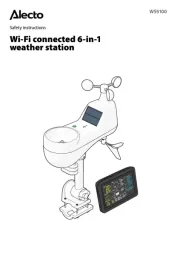
3 November 2025

2 November 2025
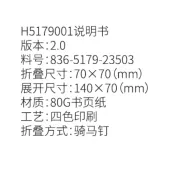
25 Oktober 2025

20 Oktober 2025
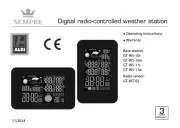
13 Oktober 2025
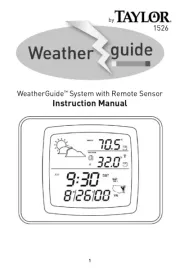
5 Oktober 2025
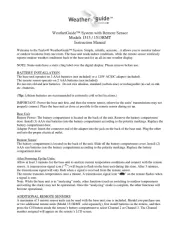
5 Oktober 2025
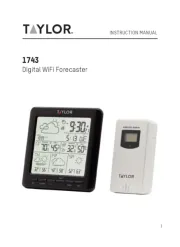
5 Oktober 2025
